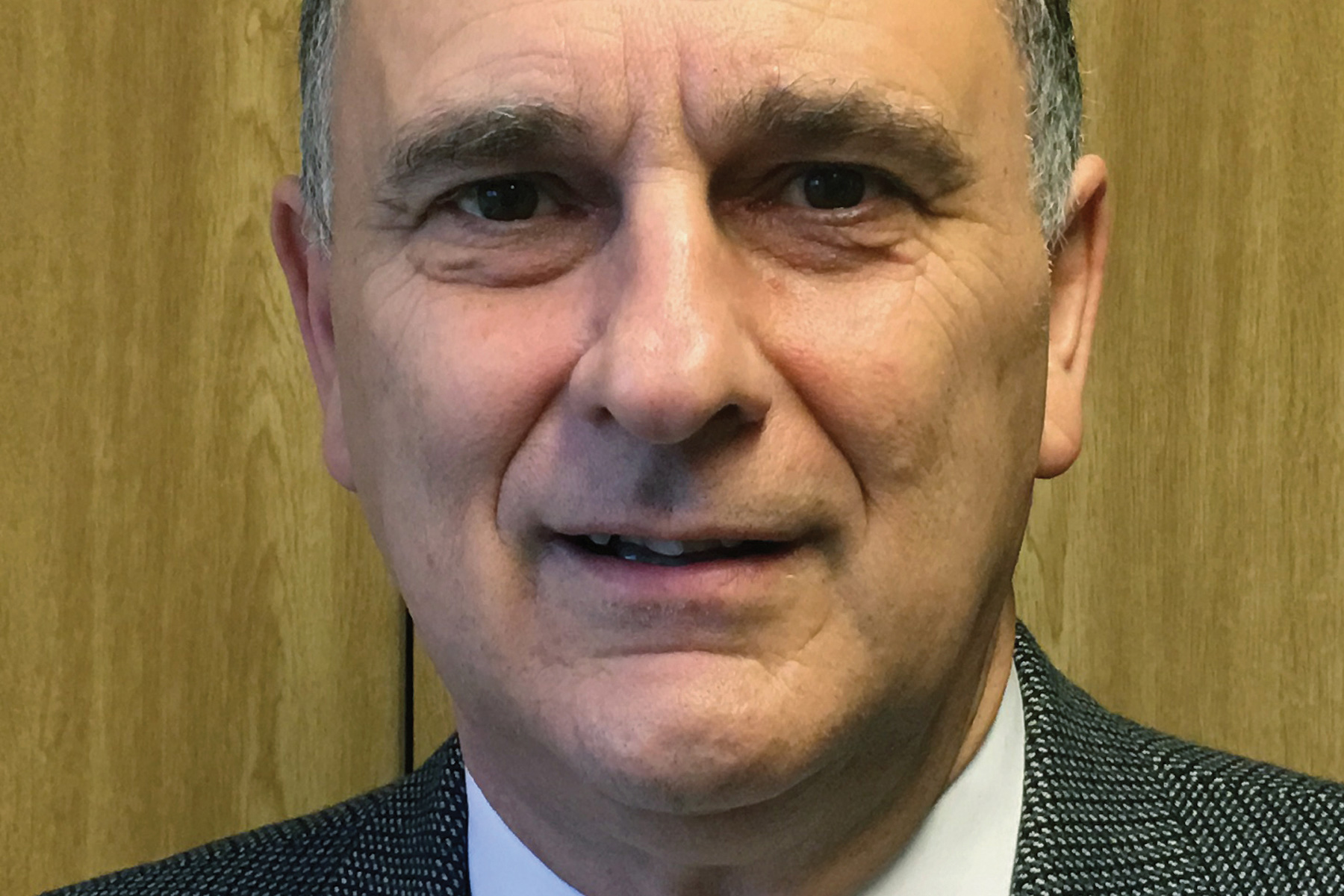
I work in a 15,000-patient, six-partner practice and it’s a happy, fun place to work.
It is possibly one of the last cost-rent premises, built in 1998, and was designed for 10,000 patients so we are very tight space-wise. But in the long run, this has been a help as it has allowed us to cap our list and remain as a medium-sized GMS practice. We have always promoted sub-specialisation of our doctors and we cover ophthalmology, ENT, dermatology, neurology, cardiology, respiratory medicine and diabetes as well as family planning, yellow fever and so on.
This specialisation has proved wonderful for partners’ individual morale, and it keeps referrals low. We run 10-minute appointments with 15 per session and then add extra slots till the demand is satisfied. Patients therefore don’t have to wait more than a day or so for appointments and they can book well in advance.
The partners are all full time at nine sessions and keep personal lists. Thus we are a very traditional style of practice and are fighting hard to maintain this in the face of government and CCG moves to assimilate us into larger conglomerations.
We all need to see a few healthy patients enjoying life and only popping in for a blood pressure check
When we are managing our own affairs we run efficiently with a large element of trust in each other’s professionalism. The hassles and problems largely come from outside, with the CCG giving us endless paperwork and poor community services, the CQC proving vindictively petty, and Capita often being incompetent. NHS Property Services is another source of frustration.
We have been able to recruit excellent young partners because we are very efficiently managed – for instance, we spend only six hours a year on business meetings. No one likes unproductive meetings and ours are chaired ruthlessly to prevent time wasting.
I believe there is a case for working rapidly when the chips are down. One partner saw more than 50 patients in one morning session one bad winter. Patients can get the bulk of what they need very quickly, and research has often shown that they cannot take in much information in one appointment. We use information sheets and encourage patients to learn about their conditions from the internet.
We also get the partners to do all the triage and don’t employ paramedics or nurse practitioners. My experience is that when they take off the quick, easy appointments, what is left is depressing and exhausting and causes more burnout. We all need to see a few healthy patients enjoying life and only popping in for a blood pressure check or pill check to lighten the load and keep us sane.
I appreciate that we are in a lucky suburban area and life is a whole lot tougher in coastal resorts or run-down inner cities, but it is important to show young doctors that there are many of us out there enjoying a stimulating and fun job. General practice is far more varied than hospital medicine, and you have control of your work environment. It is a medical version of the business franchise model and has proven to be a most efficient and resilient way to run primary care since the inception of the NHS. Mega-surgeries may suit some areas but mid-sized successful general practices should be left to continue where they are thriving.
Dr Jonathan Heatley is a GP partner in Horsham, West Sussex
















